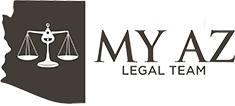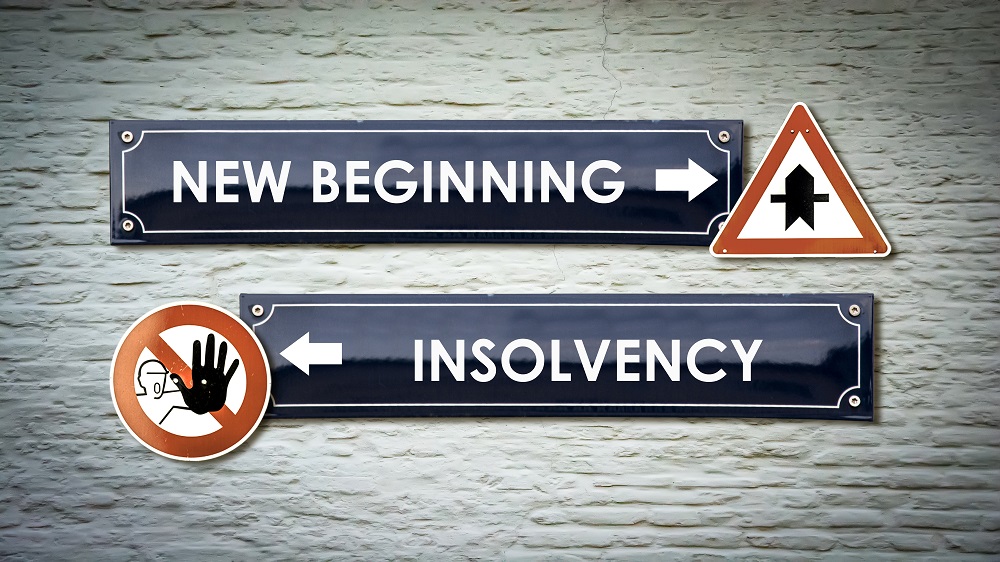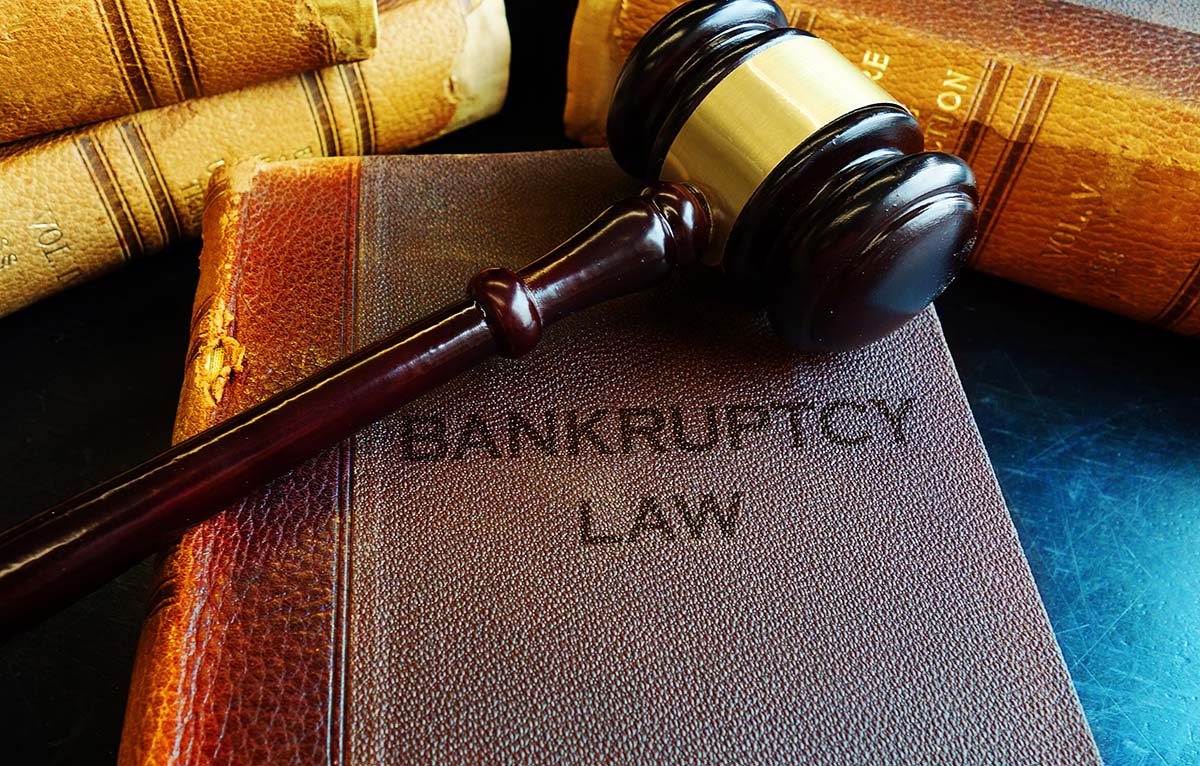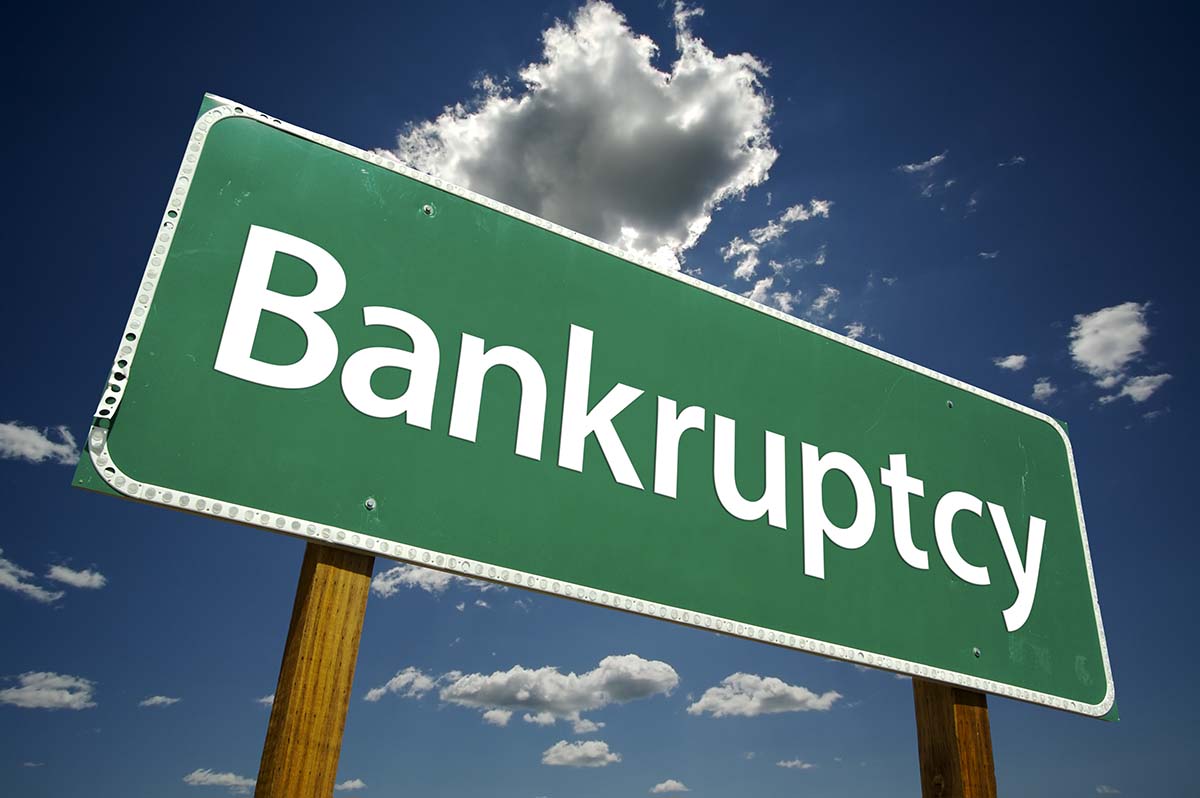What Is the Difference between Insolvency vs Bankruptcy?
If you’re experiencing financial problems and you have a long line of Arizona creditors queuing up to collect money, you may be wondering about the ways to get out of debt. Bankruptcy and insolvency are two of the common scenarios. The words are often used interchangeably but do they refer to one and the same thing?
What Is Bankruptcy?
In Arizona, the term bankruptcy refers to filing a legal declaration in court to state your inability to pay off debt.
There are two main types of filing possible – liquidation (Chapter 7) and reorganization (Chapter 13) bankruptcy.
In a Chapter 7 bankruptcy, all of your non-exempt property and assets will become a part of the bankruptcy estate. They’ll be sold by the bankruptcy trustee and the resulting sum will be distributed among your creditors. Once the bankruptcy is finalized, your debt is discharged and you get a clean slate.
A Chapter 13 reorganization bankruptcy doesn’t have a liquidation component. Rather, your bankruptcy trustee will calculate and schedule monthly payments to creditors on the basis of your disposable income. The Chapter 13 payment schedule is going to be valid for a period ranging from three to five years. Any remaining debt in the end of that period will be discharged.
What Is Insolvency?
Insolvency isn’t the same thing as bankruptcy. The term refers to experiencing dire financial circumstances. Thus, people who face insolvency may be prompted to do a bankruptcy filing in order to get back on their feet.
When an individual (the same term applies to entities, as well) becomes insolvent, they can no longer pay lenders and creditors on time. As a result, the individual will see debt accumulation. Individuals usually face insolvency whenever their income isn’t sufficient to cover all of their monthly expenditure.
To sum it up, insolvency is the problem that a bankruptcy filing could be the solution to.
The Types of Insolvency
There are two main kinds of insolvency that individuals, companies and other organizations in Arizona may face.
The first one is cash flow insolvency.
Cash flow insolvency occurs when you don’t have enough money to pay your bills and your debt.
Both businesses and individuals can be affected by cash flow insolvency. The cash coming in is not enough to cover the amount of cash that will have to go out every single month.
To address cash flow insolvency issues, you may want to liquidate property or assets. Eventually, however, you may run out of valuable to liquidate. In such instances, a bankruptcy filing becomes the only viable solution.
Balance sheet insolvency is the second category and it affects businesses.
When a company reviews its financial information (revenue, expenditure, equipment, assets, investment money, etc.) and finds out that the incoming money isn’t sufficient to maintain operations, the business may face balance sheet insolvency.
Balance sheet insolvency tests are often performed to determine whether a specific corporate entity needs to do a bankruptcy filing.
What to Do if You’re Insolvent?
Anyone who’s incapable of paying bills and loans on time will worry about the future.
If you’re dealing with insolvency, you may want to speak to an Arizona bankruptcy attorney.
Bankruptcy seems frightening at first, especially if you’re not aware of the consequences. Going through a bankruptcy filing, however, could be the first step towards regaining your financial freedom.
Debt counsellors can also guide you through the ways in which you could address debt, negotiate changes in your payment schedule or have some of your debt discharged by creditors. If these options don’t work, bankruptcy would be the next best thing to try. Depending on your current income level, you will qualify for either a Chapter 7 liquidation filing or a reorganization under Chapter 13.
Click here to find out what happens to debt after bankruptcy.





